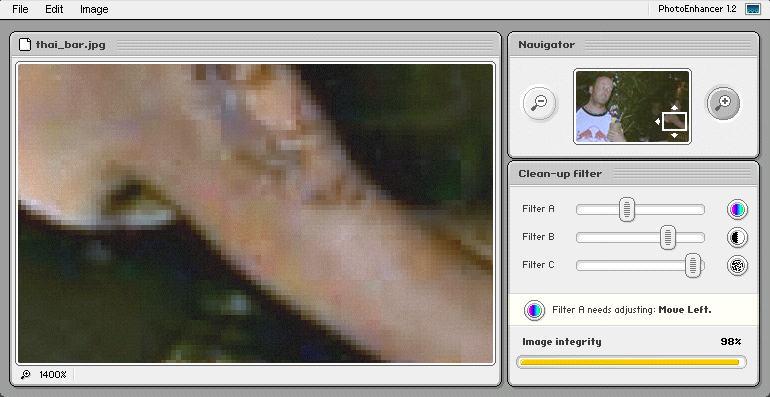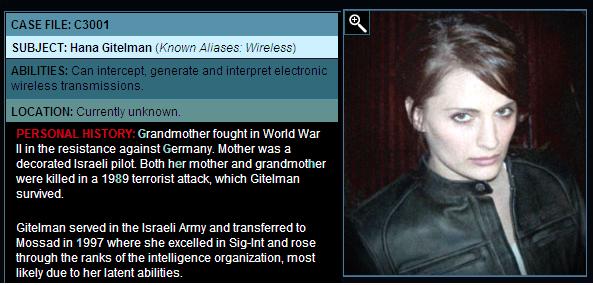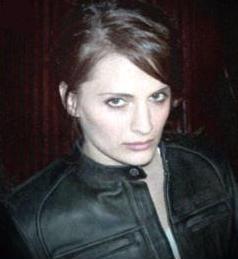Online Augmentation to
'Emerging Participatory Culture Practices:
Player-Created Tiers in
Alternate Reality Games'
by Christy Dena
Main Page >
Tiering: Levels >
Tiering: Types >
Resources: Sources >
Resources: Types >
RESOURCES: FICTIONAL >
Summary >
Bibliography
2. ARG GamePlay Resources cont.
2.3 Fictional Status
I have categorised the fictional status values as Diegetic or Extra-Diegetic. Diegetic gameplay resources are resources that are needed for gameplay but exist within the fictional world of the game.
These diegetic resources can be synchronous (one way) or asynchronous (two-way). If they are asynchronous, then
players are expected to interact with characters as co-inhabitants of the fictional world. They cannot reveal it is a game.
I am not aware of any diegetic resources, being created by players. Although players do contribute to the progression and realization of an ARG, it seems that
diegetic gameplay resources is something only the PMs do.
Diegetic blogs that acted as 'Story So Far' and general game update sources include Dana Awbrey’s blog for
I Love Bees (42 Entertainment, 2004). Another is the Stolen A3 blog for Art of the H3ist.
Diegetic forums have been created for the ReGenesis Extended Reality Game II (Xenophile Media, 2006), a Science Sucks forum where players could converse
with characters and discover more information. There was also a forum for Who is Benjamin Stove? (various, 2006).
As I mentioned earlier, ARG designers have created 'Story so Far' sites, one of which is diegetic: the 'Story So Far' webpage for The Beast (various, 2001).
There have also been tools created by fictional characters, such as the 'Photo Enhancer' in the replayable ARG Jamie Kane (BBCi, 2005-2008). As you can see (figure 4), BBCi provided a specially-created stenography program.
Hard-core or players familiar with ARGs utilise publically available tools on the web such StegDetect, CameraShy and Mp3Stego,
but Jamie Kane is designed for casual players. And so they created a tool, that a character provided, to undertake the same puzzle-solving activity.

Figure 16. Screenshot of BBCi 'Photo Enhancer'
|
The Heroes ARG, Heroes Evolutions/360 Experience (NBC, 2007), has a diegetic listserv (email mailing list). The listserv was subtley introduced through the fictional company site, PrimaTech Paper. A visitor to the site can
apply for a position in the company on the jobs page. Once the player
enters their details (including email and mobile/cell number) they are assured of immanent contact.
To illustrate how a gameplay resource is diegetic, I'll explain how the listserv in the Heroes Evolutions ARG is a
diegetic gameplay resource. The player first had to submit their interest in applying for a job at the fictional company Primatech Paper:

Figure 17. Screenshot of job application entry completion
|
Not long afterwards, the player receives an email:

Figure 18. Screenshot of email received on 30th Jan 2007
|
Within 10 hours, another email is sent. But this email is from an intruder using the email list:

Figure 19. Screenshot of email received on 30th Jan 2007
|
Following the prompts in the email, the player discovers that the listserv intruder is Hana Gitelman, a human whose
special ability is the the power to 'intercept, generate and interpret electronic wireless transmissions'...like email.

Figure 20. Closeup screenshot of Hana Gitelman file
|
The PrimaTech Paper job application does undergo some temporary closure (see figure 21), but since Hana's appropriation,
the listserv has been (and still is) a synchronous diegetic gameplay communication channel.

Figure 21. Screenshot of email received 1st Feb 2007
|
As you may of noticed with the various PM-created gameplay resources, they usually have a (fictional) person running the site. That person is the bridge between
the fictional world and the player's real world. The fictional character, a game guide, shares a diegetic game challenge with the players. Examples of diegetic game guides
include:
Lately, there have been ARGs that have had a few major characters to appeal to a variety of players (just like ensemble casts in traditional
artforms). But in ARGs each characer can be a distinct tier. ARG designer Sean Stewart proposed this possibility a
few years ago, as Miller (2005, pp. 288-9) relayed:
But what about the ultimate challenge: creating a work of distributed narrative that satisfies both the hard-core gemers and the people who are
just after the story? Stewart thinks many possible strategies could be used to accomplish this. For instance, you could develop a story with six
major characters to follow. Five out of six could be followed without the need to solve puzzles, but pursuing character number six would require
serious puzzle work--giving something to both kinds of players.
The following are examples of ARGs that have had many lead characters:
NEXT PAGE
Created: 24 Sep, 2007
Last Updated: 22 Jan, 2008
Author: Christy Dena











